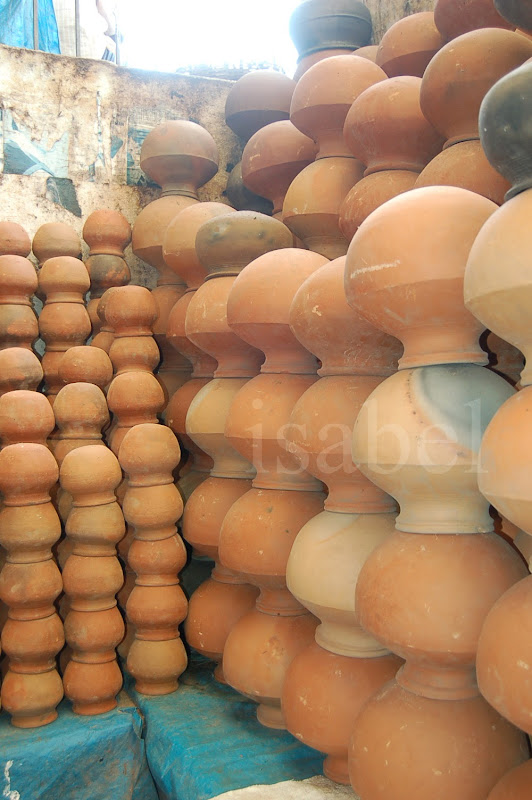
I was saddened to read this morning that Hina Fathima has died. I’ve been following her story in the papers since she was the victim of a vicious acid attack almost two weeks ago. The perpetrator was her husband who forced her to drink acid, burnt her eyes with cigarettes and threw acid on her face and body. She was admitted to hospital suffering from burns covering 80% of her body. She died of her burns in hospital yesterday.
Hina was the victim of dowry harassment. Not satisfied with the 20,000 Rs dowry payment her parents gave him at the time of their marriage nine years ago, her husband has been demanding that her parents pay him more money and buy him a motorcycle. When his demands were not met, he tormented and tortured Hina. Eventually he killed her.
Marriage seems to be a high price to pay for many women in India. In 2001, 7000 women were killed by their husbands or in-laws because they wanted more dowry. Many cases of ‘dowry death’ or ‘bride burning’ are not even registered because they’re often reported as accidents or ‘suicides’. Here is one example of an alleged suicide in an article I clipped from the newspaper recently. (Note the use of words like ‘allegedly’ and ‘reportedly’ and ‘suicide’ in quotation marks.)
Woman commits suicide
Anitha (20), who was married less than a year ago, allegedly committed suicide near Upparpet colony here on Monday night.
She reportedly poured kerosene on her body and set herself ablaze. Demand for more dowry from her husband Chandru (25) and in-laws is alleged to be the reason for her “suicide”.
Following a complaint lodged by Hanumantharayappa, father of the deceased, the police have arrested Chandru, his parents Nagappa and Gowramma, and sisters Jayamma and Shalini on charge of harassing Anitha for dowry.
Unfortunately similar stories appear in the papers on a regular basis.
Since 1961, it is illegal to ask for, pay or accept a dowry payment in India. Yet this practice, like many of India’s other greatest social evils which have been outlawed (like child labour and the caste system), still persists. The payment of a dowry at marriage is a great financial burden on parents and this is one reason they are reluctant to have daughters. Sex determination tests for pregnant women are against the law – but illegal ultrasound tests are available. Female foetuses are then aborted. Female infanticide is also a persistent problem: half a million baby girls are killed in India every year.
Simone de Beauvoir said that women are the ‘second’ sex. This is generally true but especially poignant in a country where girls and women have little value: unwanted female foetuses and baby girls are aborted or left to die, and women are burnt alive by greedy husbands and in-laws.

























